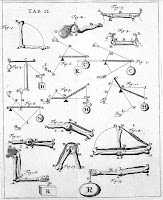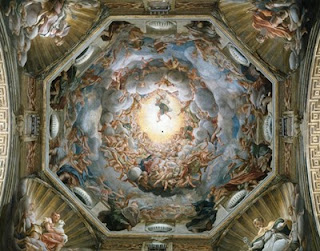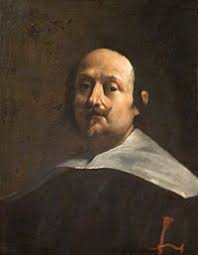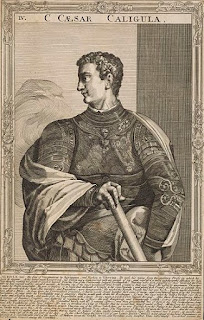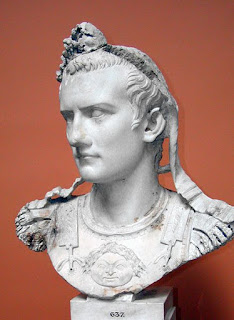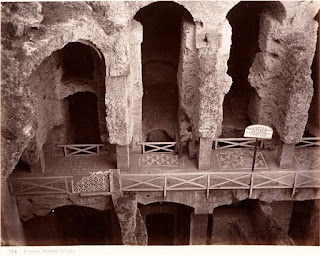The day Pope Urban VIII’s own hymns are sung
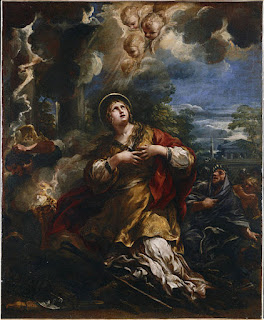 |
| Saint Martina as portrayed in Pietro da Cortona's Saint Martina Refuses to Adore the Idols |
Martina is now a patron saint of Rome and the patron saint of nursing mothers.
She was the daughter of an ex-consul, one of the chief magistrates of the Roman Republic, but became an orphan while still young.
Described at the time as a noble and beautiful virgin who was charitable to the poor, she openly testified to her Christian faith.
She was persecuted during the reign of Emperor Alexander Severus and arrested and commanded to return to idolatry, the worship of false gods.
When she refused she was whipped and condemned to be devoured by wild beasts in the amphitheatre. When she was miraculously untouched by the animals she was thrown on to a burning pyre from which she is also said to have escaped unhurt. Finally she was beheaded.
Afterwards it was claimed some of her executioners converted to Christianity and were also later beheaded.
In 1634 the relics of Martina were rediscovered by the artist Pietro da Cortona. They were in the crypt of a church originally built in the sixth century on the site of the ancient temple of Mars near the Mamertine Prison and Foro Romano in Rome.
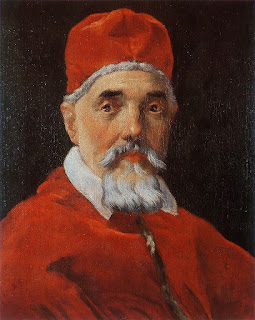 |
| Gian Lorenzo Bernini's portrait of Pope Urban VIII, who supported the rebuilding of the church |
The Pope at that time was Urban VIII, who visited the church with his nephew, Cardinal Francesco Barberini the month after Da Cortona’s discovery. They dedicated 6000 scudi towards the cost of rebuilding the church. The saint’s body was then returned to the church, which rededicated to saints Luca and Martina.
Da Cortona’s beautiful painting, Saint Martina Refuses to Adore the Idols, was probably painted for Cardinal Barberini. It is now in the Princeton University Art Museum in America.
It has been claimed Pope Urban VIII himself composed the hymns that are sung each year on Martina’s feast day.
 |
| The Chiesa dei Santi Luca e Martina, where Martina's remains are buried |
The Chiesa dei Santi Luca e Martina, where Martina is buried, is in Via della Curia between the Mamertine prison and the Foro Romano. Two stairways from the upper church lead down to the lower church and the chapel of Saint Martina, which is below the high altar, is richly decorated with colour, marble and gilt bronze.
 |
| The Forum was the centre of life in Ancient Rome |
The Roman Forum, off Via dei Fori Imperiali, was once the centre of day to day life in Rome, the venue for public speeches, criminal trials and the nucleus of commercial affairs. It has the most concentrated array of excavated Roman buildings in the city. It is open to visitors from 8.30 am till one hour before sunset.
More reading:
How Pietro da Cortona decorated some of Italy's finest palaces
Francesco Barberini - the Inquisition chief who refused to condemn Galileo
Why Urban VIII's papacy ended in disgrace
Also on this day:
1629: The death of architect Carlo Maderno
1721: The birth of painter Bernardo Bellotto
1935: The birth of actress Elsa Martinelli
Home




